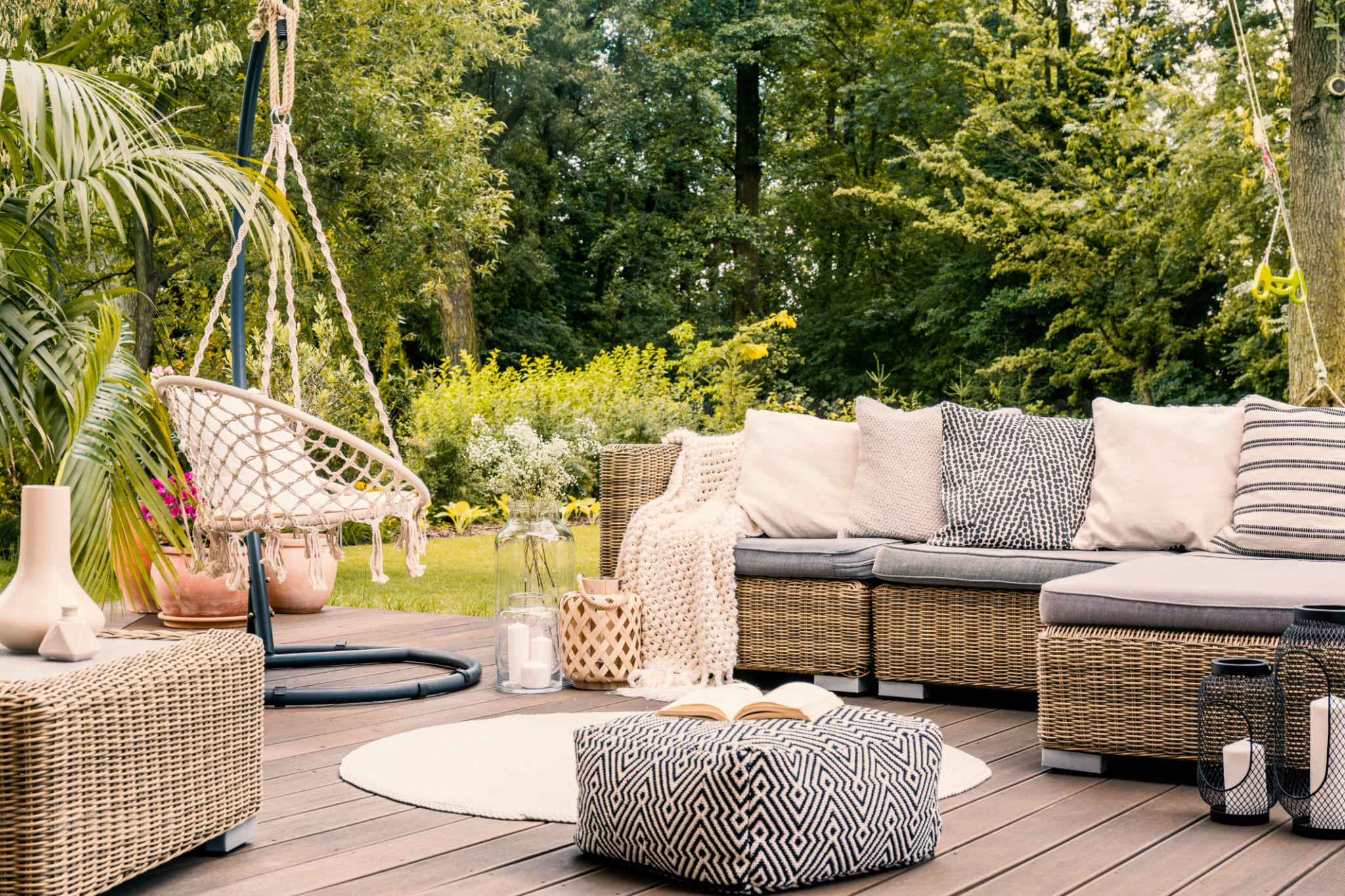Mindful Living: How to Harmonize Your Home Environment
Understanding the Concept of Mindful Living
Mindful living is all about being present and fully engaged in the moment, bringing awareness to your daily activities. By incorporating mindfulness into your home environment, you can create a space that nurtures peace and harmony. This practice not only enhances your mental well-being but also positively impacts your physical surroundings.
The journey to mindful living begins with small, intentional changes. These changes can transform your home into a sanctuary, making it a place where you can unwind and recharge. Whether it's through decluttering or incorporating elements of nature, mindful living can make a significant difference in your life.

Declutter for a Clear Mind
Clutter can often lead to feelings of stress and anxiety. A clutter-free space promotes a sense of calm, making it easier to practice mindfulness. Start by evaluating each room in your home and identifying items that are no longer needed or bring no joy.
Consider the following steps to declutter effectively:
- Sort items into categories: keep, donate, recycle, or discard.
- Focus on one area at a time to avoid feeling overwhelmed.
- Maintain a regular decluttering schedule to prevent future build-up.
Bring Nature Indoors
Incorporating elements of nature can significantly enhance the mindfulness of your home environment. Plants not only improve air quality but also add a sense of tranquility and beauty to your space. Choose low-maintenance plants like succulents or ferns if you're new to indoor gardening.

Natural light is another important factor. Ensure that your rooms are well-lit during the day to boost mood and reduce stress. If natural light is limited, consider using full-spectrum light bulbs that mimic daylight.
Create a Mindful Space for Reflection
A dedicated space for reflection and meditation can enhance your mindful living experience. This area doesn't need to be large; it just needs to be comfortable and free from distractions. Consider using cushions, soft lighting, and calming scents like lavender or eucalyptus to set the mood.
Having a dedicated space encourages daily mindfulness practices, helping you to stay grounded and focused amidst the chaos of everyday life.

Use Colors and Textures Mindfully
The colors and textures in your home can significantly impact your emotions and overall well-being. Soft, neutral colors like beige, blue, or green promote calmness and relaxation. When choosing textures, opt for natural materials such as cotton, wool, or bamboo to enhance a sense of warmth and comfort.
Consider these tips when selecting colors and textures:
- Use paint samples to see how colors look at different times of the day.
- Mix and match textures for a cozy and inviting atmosphere.
- Select art and decor that resonate with you personally.
The Importance of Sound and Scent
Sound and scent can greatly influence the ambiance of your home. Soothing music or nature sounds can help maintain a peaceful atmosphere. Consider using a playlist of calming music or white noise to enhance relaxation.
Scent is another powerful tool; essential oils such as lavender, chamomile, or sandalwood can evoke feelings of serenity. Use diffusers or candles to gently infuse these scents throughout your home.

Mindful Living as an Ongoing Practice
Mindful living is not a one-time task but an ongoing practice that requires regular attention and effort. Continuously evaluate your space and make necessary adjustments to maintain harmony. Remember that mindful living is about creating an environment that reflects peace, promotes well-being, and encourages personal growth.
By harmonizing your home environment with mindfulness principles, you invite positive energy and balance into your life. Embrace this journey with an open heart and watch as it transforms not only your surroundings but also your inner world.
